The importance of using a single platform to capture and distribute data is something that ANRA Technologies has recognized since the company was founded. Their DroneOSS ™ platform allows enterprise operators to choose the drone, sensor and data analytics engine they want to orchestrate their whole workflow from a single interface. The ability to do so has enabled real-world ROI for organizations in the present, but ANRA Technologies has been creating headlines of late on account of how this value will translate into the future.
Earlier this year, an operational assessment of ANRA’s UAS traffic management (UTM) technology for broadcast and network-based Remote ID was successfully performed, showcasing what it means to move beyond testing of UTM and Remote ID. A test of similar capabilities saw ANRA Technologies join Wing, AirMap and AiRXOS to further demonstrate how multiple drone service providers can fly safely together. These tests and demonstrations are all ultimately about exploring what it will mean to create a Flight Information Management System (FIMS) that can enable the safe integration of manned and unmanned aircraft in the same airspace. More recently, ANRA Technologies, along with their industry partners and drone regulators successfully demonstrated the versatility of ASTM standard WK65041 (Remote ID and Tracking). This event was followed by a similar demonstration in Bern, Switzerland in collaboration with the Swiss U-Space Implementation (SUSI) team, Swiss Federal Office of Civil Aviation (FOCA), and Skyguide, the Swiss Air Navigation Service Provider. In both demonstrations, ANRA’s system collected information about drones flying within a defined area that was subsequently aggregated by ANRA’s display provider service, and ultimately viewed on ANRA’s as well as other partners mobile and web Display Applications.
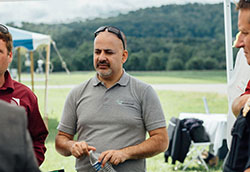 Amit Ganjoo is the CEO and Founder of ANRA Technologies, and his ability to focus on creating value with drone technology in the present while considering how this value can be funneled into future concepts like UTM ecosystems is practically unmatched in the space. In addition to demonstrations that Amit has been leading, he’s also explored whether or not one size fits all when it comes to FIMS and is working to deliver UTM to India, as ANRA Technologies was contracted as the UTM expert in order to help implement the first nation-wide deployment of UTM by a civil aviation authority.
Amit Ganjoo is the CEO and Founder of ANRA Technologies, and his ability to focus on creating value with drone technology in the present while considering how this value can be funneled into future concepts like UTM ecosystems is practically unmatched in the space. In addition to demonstrations that Amit has been leading, he’s also explored whether or not one size fits all when it comes to FIMS and is working to deliver UTM to India, as ANRA Technologies was contracted as the UTM expert in order to help implement the first nation-wide deployment of UTM by a civil aviation authority.
Amit is set to talk through all of these topics and much more during the Drone Industry Visionaries track at Commercial UAV Expo Americas. In preparation for that discussion, we connected with Amit to break down his focus on the present and future of the technology, whether or not the hype associated with drones have helped or hindered adoption, what he sees as the best way forward for the industry and much more.

Jeremiah Karpowicz: You’re obviously doing some revolutionary demonstrations and testing to showcase how drones can become part of the airspace in the future, but what does it mean for you to balance that with the needs of enterprise operators who want to adopt drone technology for commercial purposes today?
Amit Ganjoo: We're doing a lot with and for UTM, but nothing has changed with the approach that ANRA Technologies has taken from the very beginning. The identity of the company is about a pragmatic, realistic approach to the technology. The way we look at it is to focus on how what we’re creating today can be future-proofed but also have the capability to scale when the time is right. How can we build something that solves a near-term problem, but also addresses a long-term problem in an incremental way? It doesn’t work to just focus on long-term solutions, because if I create something that’s only going to make sense ten years from now, I need to raise enough money to last for ten years before we get there, and that's a lot of money! Additionally, any solution that is designed to only make sense in the future isn’t going to be able to consider all of the changes and developments that take place in the near-term like we’re seeing with how the technology is working right now for our customers. We're focused on scaling out what we've proven to be successful before moving onto the next step.
And is that focus on creating value in the present something operators and organizations can achieve through your DroneOSS ™ platform?
Yes, and that’s because DroneOSS is not a solution looking for a problem but is instead a solution that was designed to address a specific problem.
We had worked on drone programs in the Department of Defense which made us realize that at the end of the day, drones are just flying sensors. The drone itself isn't all that essential, because it's all about how you manage that sensor, how you orchestrate the workflow, how you integrate the data into an established workflow and make it actionable. How do you do that from an open perspective and let each enterprise tailor the solution to their specific requirements and needs? We knew that building an open interface where people would be able to choose the components was essential. They needed to be able to make choices about how these things were going to work for them, but we knew it wasn’t all going to happen at once. That's meant that a "crawl, walk, run" process has been necessary, but so few people in the drone space want to recognize that reality.
What do you mean by “crawl, walk, run”?
Before you can have hundreds of drones as part of a commercial program, you have to have a few. “Crawl, walk, run,” is all about figuring out what it means to effectively utilize those few drones at the “crawl” stage and building up to the “run” phase when you’re ready to deploy hundreds of drones. All of that is built on learnings and value that are gathered at the earlier stages though.
Commercial enterprise stakeholders need to be able to manage and justify their investment in drone technology when it’s made, but the expectations around doing so have been out of control. A company that has just begun to explore how they’re going to use the technology isn’t going to be able to operationalize it immediately. They need to experiment with it, and then innovate with it. Then they can transition to operationalization, and that’s where the Drone OSS can help. Instead of using one piece of software and then trying to figure out how that needs to work with other pieces of software and how it can all scale, the same platform can grow with you. As the platform grows, so do the users capabilities to grow with their business.
We've seen a lot of interest from the energy sector and the inspection of critical infrastructure with this process. Much of that is due to the scale they're working at, and how this technology enables them to change their inspection processes from a reactive one to a proactive one. However, most have been able to achieve success because they’re approached adoption from that perspective of "crawl, walk, run" rather than expecting the immediate results that some of the headlines would suggest.
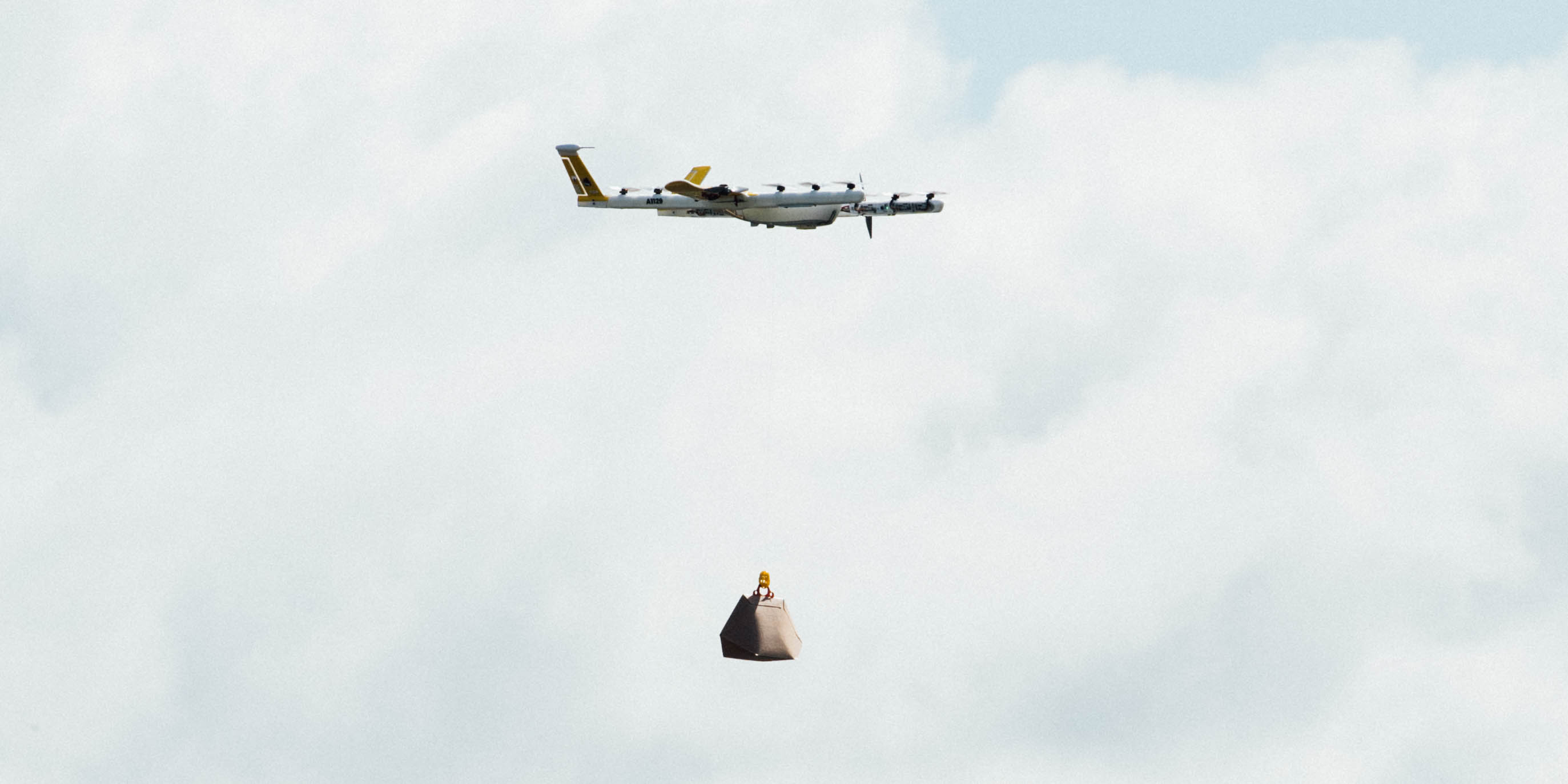
The hype associated with drone technology has certainly died down, but it’s still there. Ultimately has this hype helped or hurt adoption and the drone industry as a whole?
I honestly think it's hurt more than it's helped.
When you do something prematurely, very rarely does it work out in anyone's favor. At the end of the day, you must show a return on what’s been done, but if the market and industry isn't there, how are you going to show that return? We’ve seen that have a negative impact on the investor side, on the operator side, and even in terms of the credibility of the technology. As you said, the reports about drones being worth X amount in the next 12 months aren’t as pervasive as they used to be, but part of the reason for that is because none of them have come true. There's still a lot of hype, and many of the people in the space have done a disservice to it by making claims that are unrealistic at best, and borderline irresponsible at worst.
What's evolved over the last year or two is that at some level, the analysts and industry have come to realize the reality that it's going to take time. The market is there, and it's going to develop, but it's a "crawl, walk, run" process. You're not going to skip those first two steps and see this turn into a multi-billion-dollar industry overnight.
Does that evolution tie into your three pillars for commercial drone applications in terms of how users should consider drone adoption?
We have some people who just get it. And these are the people who have gone through that "crawl, walk, run" process by beginning at the experimentation phase. Once they get through it, they’re ready to operationalize and utilize a streamlined system to pull all of their systems together.
What’s important is that we recognize that people are always going to be at a different place in this process. Recently, I had a conversation with someone at a decent-sized company, and they're squarely in the experimentation phase. They said they don't need the elaborate features now and might just be using their drone for a few operations here or there. They’re in the “crawl” stage, and that’s totally fine. That’s going to allow them to understand the value, and it’s really the only way you can. In another year, they might be ready to move onto the next phase, but they have to begin at the beginning.
They'll all get there, but it will come in phases of that "crawl, walk run" process. The early adopters are moving onto operationalization, and the people behind them are starting to experiment.
What are some practical examples of this sort of value and process?
You can really see it in delivery applications, where there’s been so much experimentation and hype about package and food delivery. However, the practical value has been proven to be in delivering materials like blood and medical supplies, rather than the packages or food that got everyone so excited and continues to generate headlines.
Regulation plays a factor in this as well, but with delivery, there are countless line of sight use cases. There’s plenty of value with BVLOS as well, and we’ll see developments there as the FAA grants more Part 135 approvals. Having package deliveries in downtown Manhattan is a ways off though.
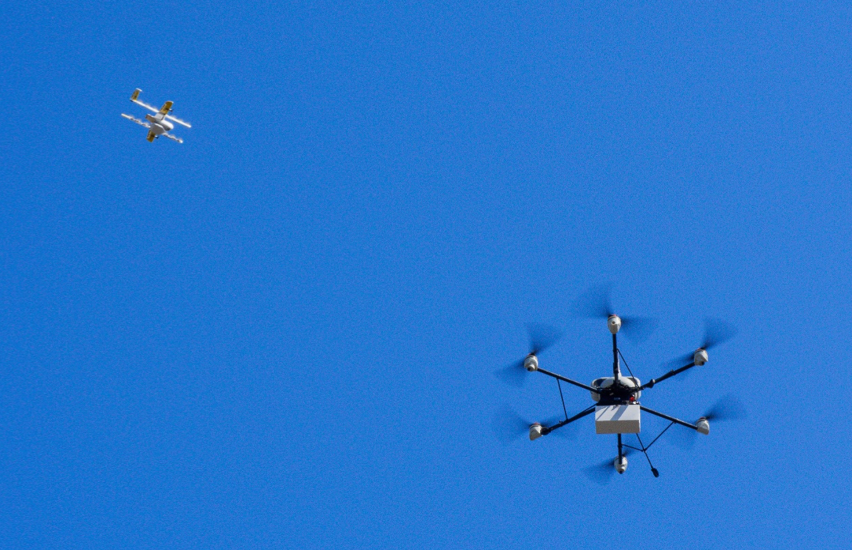
That certainly seems to be the case, but the testings and demonstrations that you’ve been part of are ultimately designed to enable that exact sort of capability. First and foremost, what will it mean to create standards so that highways in the sky can become a reality?
That kind of ecosystem is only possible if we can enable the seamless integration of information from a variety of places and sources into the same system. Standards will help define that integration, and if you talk to some of the UTM providers, they're already working on standards to enable better cooperation around how all these systems can share information with one another. That will help us define the parameters of Remote ID to determine how we build a scalable future-proof standard. Focusing on standards and industry compromise along with global harmonization is the only way forward.
You mentioned that Remote ID is one of the key issues holding back the entire industry right now. But is that ultimately more about technology, regulation, perception, or something else?
It's definitely not about the technology. On a technical level, we can solve the problem right now, and we proved that in New York. On a technical level, this issue is solved. The officials that used it said they loved it and it solved their problem. Right now, the biggest problem is how they can integrate this into their operations.
What do police department officials do with information about an unauthorized drone that’s flying in a given area? How does information coming in about that flight that work with the established call center and dispatcher? Even if they have access to a system where they can look up and spot unauthorized drones, what do they do next? Those operational things need to be worked through. Operational logistics like these feed back into the technology though.
There are numerous drone detection systems out there, and they work, but at the end of the day, there's no mitigation possible when you identify that drone that shouldn't be there. It’s a similar issue because we’ve solved the problem technically, but how do we deploy the appropriate solution? From an FAA perspective, it's a security concern. If we have drones flying in the sky, we need to be able to ID them. That's the first thing. So once we solve the problem of how we ID them, then we can have the next step around what actions can be taken.
When we eventually see that rule from the FAA regarding Remote ID, will it be specific to network or broadcast-based Remote ID? Should we be focused on one solution over the other?
You need both. We wanted to prove that you could successfully execute both network and broadcast-based remote ID based on ASTM standards that are interoperable, and we did that because it really isn’t a case of one or the other, for multiple reasons.
When the FAA rules around Remote ID finally do come out, they will have both. We’ll see requirements for both broadcast and network-based remote ID. There are some industry groups that say we should just do network and we don't need to worry about broadcast but that’s ignoring the fact that in Europe, they've already mandated broadcast-based Remote ID standards. In Europe, they’re not even talking about network-based Remote ID. We've done some work in Switzerland to show them the capabilities of network-based Remote ID, but they've already decided that broadcast is the minimum threshold.
From an industry-standard point of view and a regulation point of view, I think there's a high-level understanding and acknowledgment that you need both.
You mentioned that the integration of this technology won’t happen overnight, but that building a true build Urban Air Mobility (UAM) ecosystem is something ANRA is already focused on. What does that look like, and what are some of the notable milestones or developmentsthat you’re focused on seeing or enabling to build this UAM ecosystem?
ANRA’s microservice-based software platform allows for scaling to accommodate nation-wide implementation while retaining the ability to quickly integrate new capabilities, such as UAM. With one eye on the future, ANRA is developing features within its existing platform that will support all classes of drones for operations in expanded, mixed use airspace. From our perspective, in the near-term, it's really about the Remote ID NRPM and the practical use cases around BVLOS operations which will help to create more reliable networks for tracking. Performance-based standards are big, and we might seem some regulatory impact around that.
Long term though, you need to start looking at things like traffic flow management, capacity management, etc. Right now, we don't have that many drones in the sky to worry about that. But when the air taxis like the ones Uber Air is talking about creating start to proliferate, you have multiple questions. How closely can those vehicles be spaced apart? Are these UAM vehicles going to have the same standard that the FAA puts forward for manned aircraft and piloted aircraft, or will it be a variation? How will that evolve?
Capacity management and traffic flow is going to be a big issue before we get into any of that though. When it comes to mixed-use airspace, you're going to have some features that need to be centralized and some that need to be federated, so how do you handle the communication between air traffic control and the UTM system? Right now, it's fairly simple because the current incarnation of UTM is focused on low altitude airspace, which is below 400 feet, where not many manned aircraft are flying. As you move toward urban air mobility though, it's mixed-use airspace, and that's where the whole interoperability between ATC and UTM becomes a key issue. That's where the concept of FIMS comes into play, and where it becomes absolutely essential.
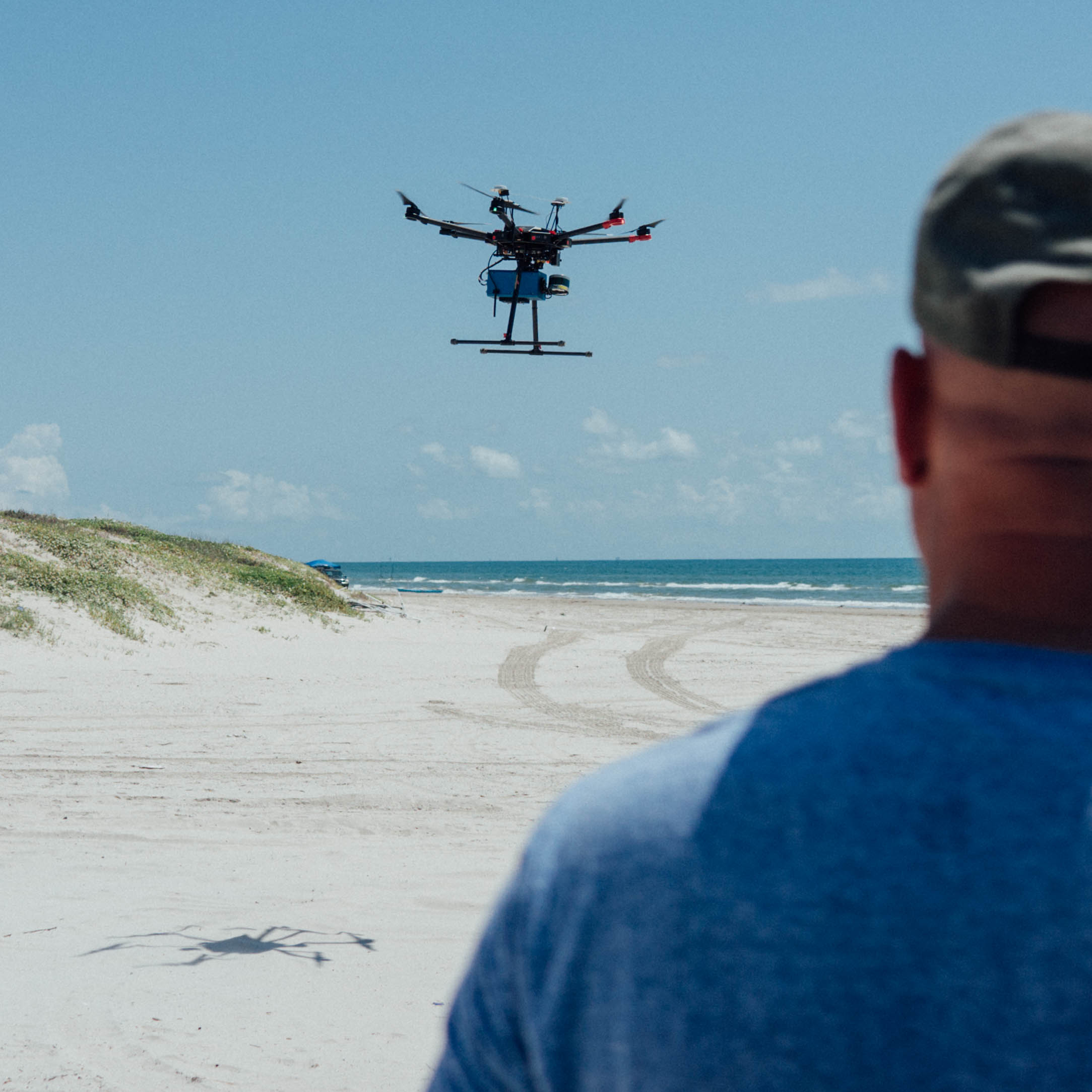
What does it mean to you to move the drone industry forward, and how is ANRA Technologies part of the effort to do so?
Our goal is to keep evolving as a trusted industry partner for regulators, operators, research entities and enterprises. We want to be someone they can continue to trust to tell them the way it is.
For us to move the industry forward, we want to build on the trial we did for broadcast and network-based Remote ID, but we alone won't be able to do it. There's going to need to be a lot of cooperation, and we want to work closely with our competitors because it's too early to compete. Eventually we will, but we’re in a cooperative phase right now and that's why we want to work with the industry to keep moving the needle forward.
To see what else Amit has to say about the future of drone technology along with insights around what needs to happen in the present to see these visions realized, attend his “Drone Industry Visionaries” session at the Commercial UAV Expo, taking place October 28-30 in Las Vegas.


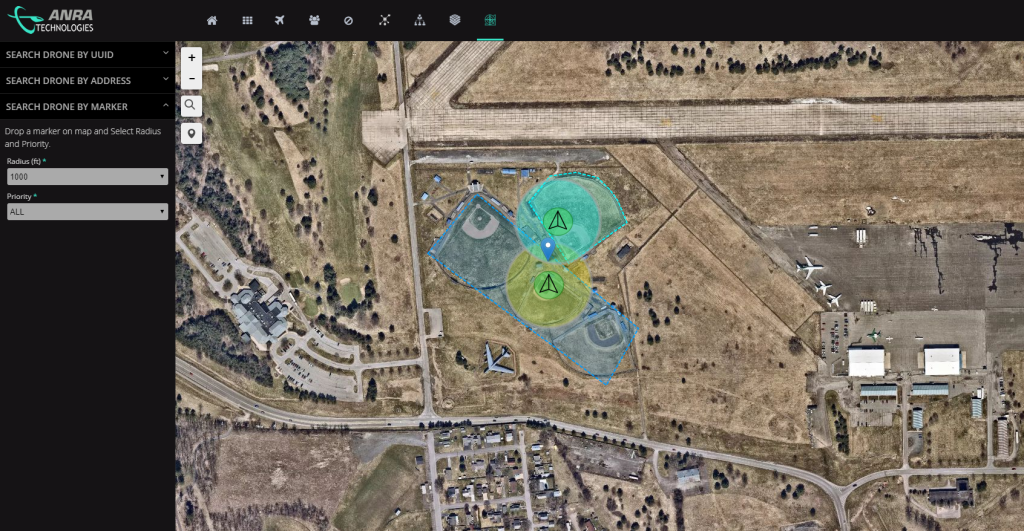

.png.small.400x400.png)











Comments